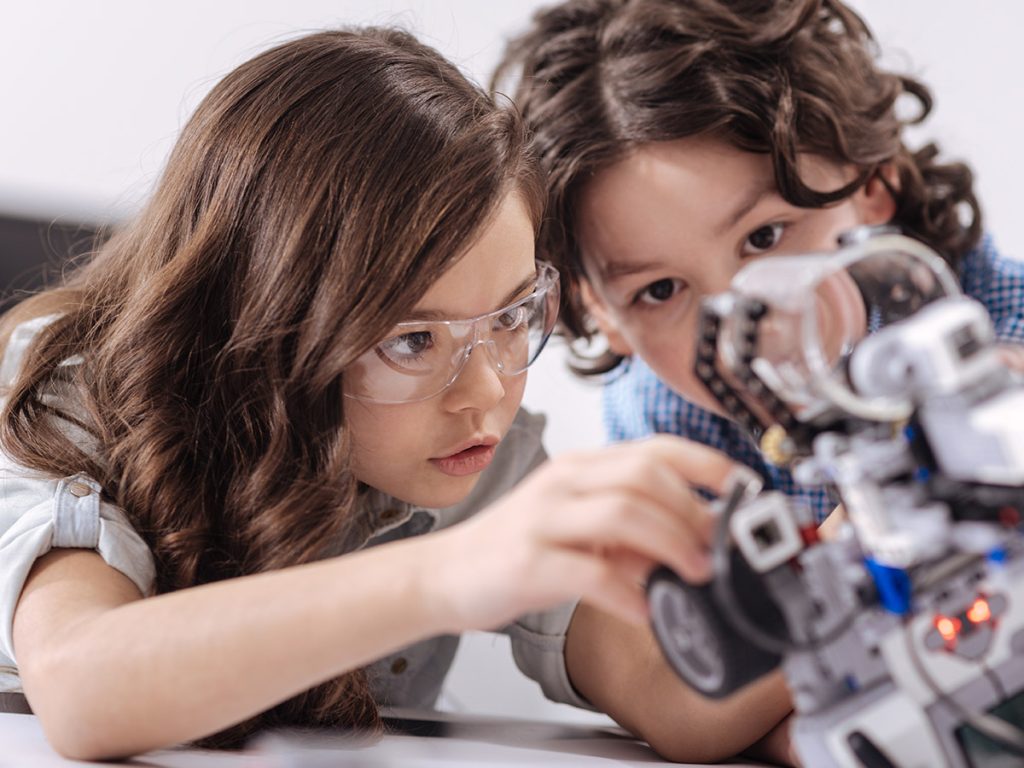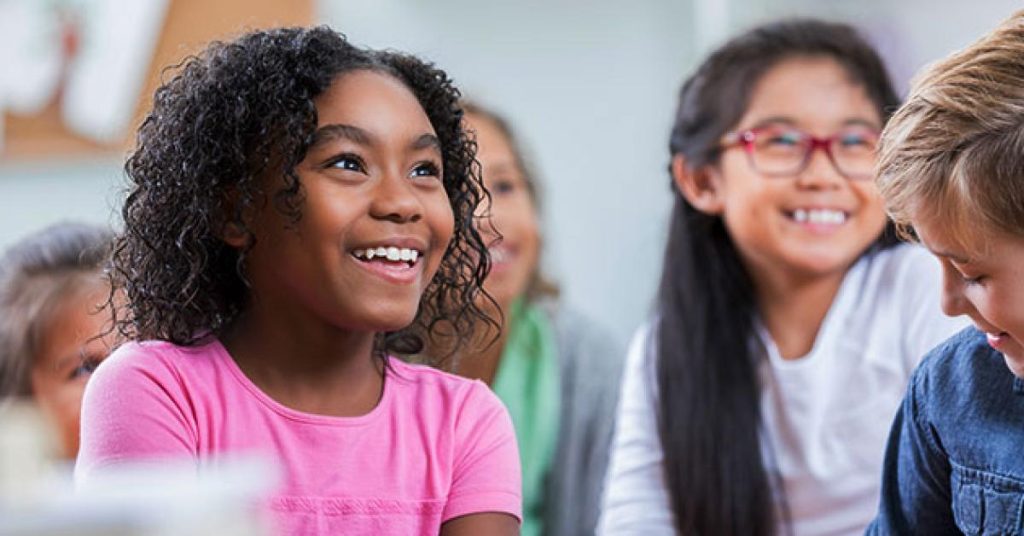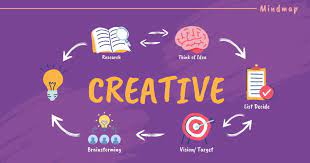Higher-order thinking refers to critical thinking skills that go beyond simple recall and comprehension of information. It involves analyzing, evaluating, and synthesizing information to solve problems, make decisions, and create new ideas. These skills are crucial for students’ academic success and future careers.
In the classroom, fostering higher-order thinking is essential for engaging students in deeper learning. It allows them to develop a deeper understanding of concepts, think critically about complex issues, and apply their knowledge in real-life situations. By encouraging students to think critically and creatively, educators can help them become independent learners and problem solvers.
One way to promote higher-order thinking in the classroom is through project-based learning. This approach allows students to actively explore and solve real-world problems, encouraging them to think deeply, collaborate with peers, and come up with innovative solutions. By working on authentic projects, students develop their critical thinking, problem-solving, and communication skills.
Another effective strategy is questioning techniques. Educators can ask open-ended and thought-provoking questions to stimulate students’ thinking and encourage them to analyze and evaluate information. By challenging their assumptions and asking them to justify their answers, teachers can help students develop higher-order thinking skills.
Technology can also play a significant role in promoting higher-order thinking. Using educational apps, online resources, and interactive simulations, students can engage in complex problem-solving activities, explore multiple perspectives, and develop their analytical and creative thinking skills. Moreover, technology provides opportunities for collaboration and global connections, enabling students to learn from diverse perspectives and solve real-world problems collectively.
In conclusion, higher-order thinking skills are essential for students’ academic and future success. By incorporating strategies such as project-based learning, questioning techniques, and the use of technology, educators can foster these skills in the classroom. Through these approaches, students can develop critical thinking, problem-solving, and creativity skills that will serve them well in their academic and professional lives.








